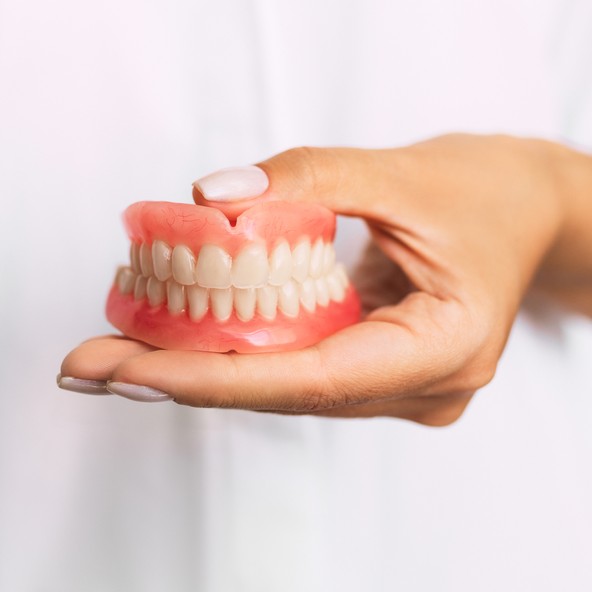What You Should Know About Porcelain Bridges


Tooth loss can have a tremendous impact on your personal looks and dental health. Whether from an accident or brought about by cavities, tooth loss is a dental issue that must be addressed immediately.
Aesthetics-wise, a lost tooth can greatly affect the quality of your smile—this is particularly true when the missing tooth is located at the front of the mouth. Gaps are unsightly and send the message that you don’t care about the state of your oral health.
When it comes to dental health on the other hand, a missing tooth, or teeth, can cause the remaining teeth to drift away from their normal position or at the very least, tilt. This in turn can lead to great changes in your bite and the way your upper and lower jaw rest against each other. This drifting and tilting of teeth can be the cause of tooth decay, gum disease and even added tooth loss due to the difficulty of cleaning them.
Fortunately, the world of dentistry offers multiple solutions to restore lost teeth and improve your dental health whilst bringing back your bright smile. One of these solutions is porcelain bridges.
Dentists often recommend the insertion of porcelain bridges to prevent problems commonly caused by tooth loss. As the name suggests, dental bridges act as ‘bridges’ that connect the teeth that surround the gap. In other words, it’s a false tooth, albeit sturdier, more stable and more natural looking than dentures. The bridge is composed of the replacement tooth, or teeth, and is attached to crowns placed on each site of the gap. Once properly fitted, the bridge is cemented permanently to the teeth surrounding it, preventing shifting and restoring your set of teeth to new.
Bridges are a long-term solution that helps in maintaining the proper alignment of teeth, thus restoring the ability to speak, chew and bite properly. Abnormal tooth alignment can bring about a host of issues, such as jaw problems, neck pain and chronic headaches.
Porcelain Bridge Placement Procedure
The process of fabricating dental porcelain bridges differs very little to the process of creating a crown. Note that bridges can be made from various materials used for crowns—you have the choice of pure metal, porcelain-metal alloy and full porcelain. For us however, we find that working with porcelain yields the best results.
The typical fabrication and insertion process of a porcelain bridge takes at least two appointments with your dentist. As mentioned earlier, the process is very similar to that of the installation of a porcelain crown. During the initial visit, your dentist will condition the teeth next to the gap for better retention of the crowns. An impression of the surrounding teeth is made, followed by the placement of a temporary bridge. Ideally, the second visit involves having the bridge fitted and adjusted, and finally cemented into place.
Maintaining Porcelain Bridges
Like any type of dental restoration, porcelain bridges require special care particularly when it comes to cleaning. After your bridge is placed, expect to receive instructions on how to clean around the dental bridge and under it. You may or may not purchase special cleaning aids to make maintenance easier and more convenient.



